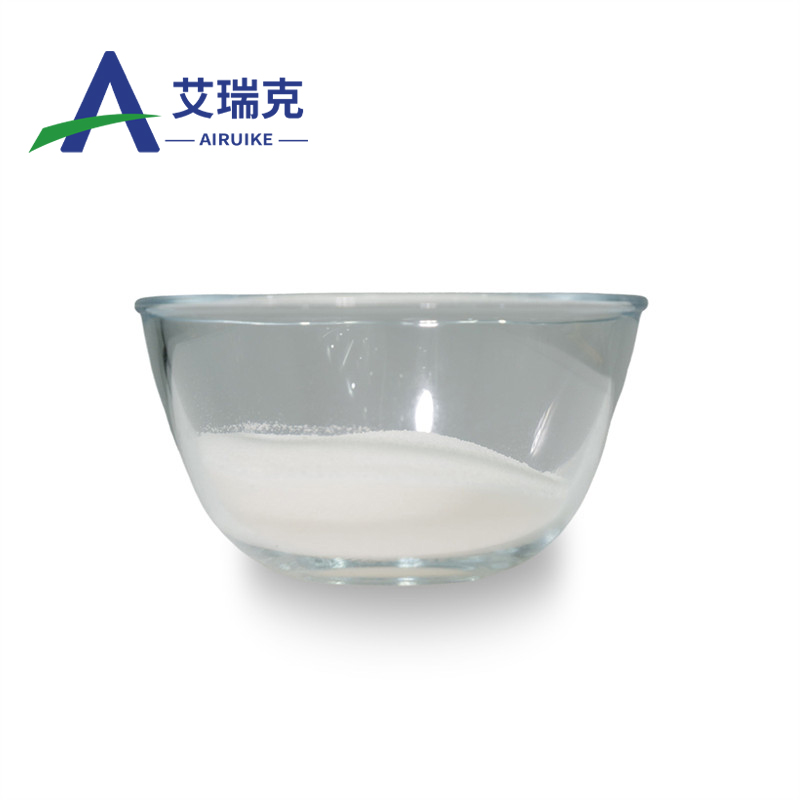-
Categories
-
Pharmaceutical Intermediates
-
Active Pharmaceutical Ingredients
-
Food Additives
- Industrial Coatings
- Agrochemicals
- Dyes and Pigments
- Surfactant
- Flavors and Fragrances
- Chemical Reagents
- Catalyst and Auxiliary
- Natural Products
- Inorganic Chemistry
-
Organic Chemistry
-
Biochemical Engineering
- Analytical Chemistry
-
Cosmetic Ingredient
- Water Treatment Chemical
-
Pharmaceutical Intermediates
Promotion
ECHEMI Mall
Wholesale
Weekly Price
Exhibition
News
-
Trade Service
"Brain disorder", also known as intellectual disability, is a brain defect disorder caused by a rare genetic disease, an open-sugar disease.
the most special feature of this kind of disease is that it not only causes problems such as intellectual disabilities, enlarged liver and spleen and abnormal facial features, but also in cats.
Because of the uniqueness of the disease, a team at the University of Pennsylvania has pioneered the use of new gene therapies to develop brain disease therapy, based on existing gene therapy.
report was published in Brain.
is understood to be the first study to use a model of the mammalian brain with human genetic diseases to replace mutant genes with normal genes through gene vectors, successfully treating the entire brain of an animal for the first time and is expected to be used in clinical treatment of more complex diseases in humans in the future.
adenoviruses (AAVs) are small viruses that infect humans and other primates, and scientists have now discovered a variety of AAV serotypes (classifications).
adenovirus vector is a vector that can deliver genes in the body using certain characteristics of AAV.
an earlier study that found that adenovirus-accompanied serotype 9 (AAV9) can treat diseases that affect the spinal cord and motor neurons, but not the entire brain.
, the team developed a new gene therapy vector, AAVhu.32, and validated its potential to treat human brain disease.
first, the researchers delivered four types of AAV serotypes (AAVs 9, hu.11, rh.8, pi.2 and hu.32) to adult mice intravenously and compared the distribution of these serotypes in the brains of mice.
found that, compared to other AAV serotypes, after injection of AAVhu.32, there were a large number of transduction neurons and more extensive transmission of viral genes throughout the brain.
To further examine whether AAVhu.32 can be used to treat human brain disease, the team used the characteristics of both humans and cats to develop "glucolygine disease" and delivered a AAVhu.32-GFP vector to cats to replace the mutant gene that causes the genetic disease with normal genes.
found that the vector genome is widely distributed in many brain regions, including the cerebral cortex.
because certain serotype AAV serotype AAV produces enzymes, it can further correct the mutated gene at the far end of the brain.
, therefore, the number of enzymes needs to be sufficient to allow the entire brain's defective genes to be corrected, brain disease simply can be cured.
taking into account this, the team injected the vector into the cat's carotid artery so that it could circulate through the blood-brain barrier to other parts of the body, producing a higher amount of enzymes.
results show that the carrier genome is widely distributed in the cat cerebral cortex, tail nucleus, shell core, seahorse and middle brain.
finally, to examine the effectiveness of AAVhu.32-GFP vectors in clinical treatment, the researchers compared the clinical responses of treated and untreated cats.
results showed that no adverse clinical responses were observed in the animals after intravascular injection of AAVhu32.
, treated cats had significantly improved certain neurological symptoms, lived longer, and those who delivered higher dose stakes had the longest life. "This is a major breakthrough, and no one has been able to treat the entire brain of an animal before," concluded John H. Wolfe of the University of Pennsylvania's School of Veterinary Medicine, a
study.
We hope this will translate into clinical use in humans.
", the study is a milestone in the treatment of brain diseases.
compared to nano-delivery vectors, gene vectors have been used in clinical treatment, and it will be a boon for all of humanity to expect AAVhu.32-GFP to be used in the future to treat brain diseases in humans, as well as to treat diseases caused by genetic mutations using gene correction therapy.
.







